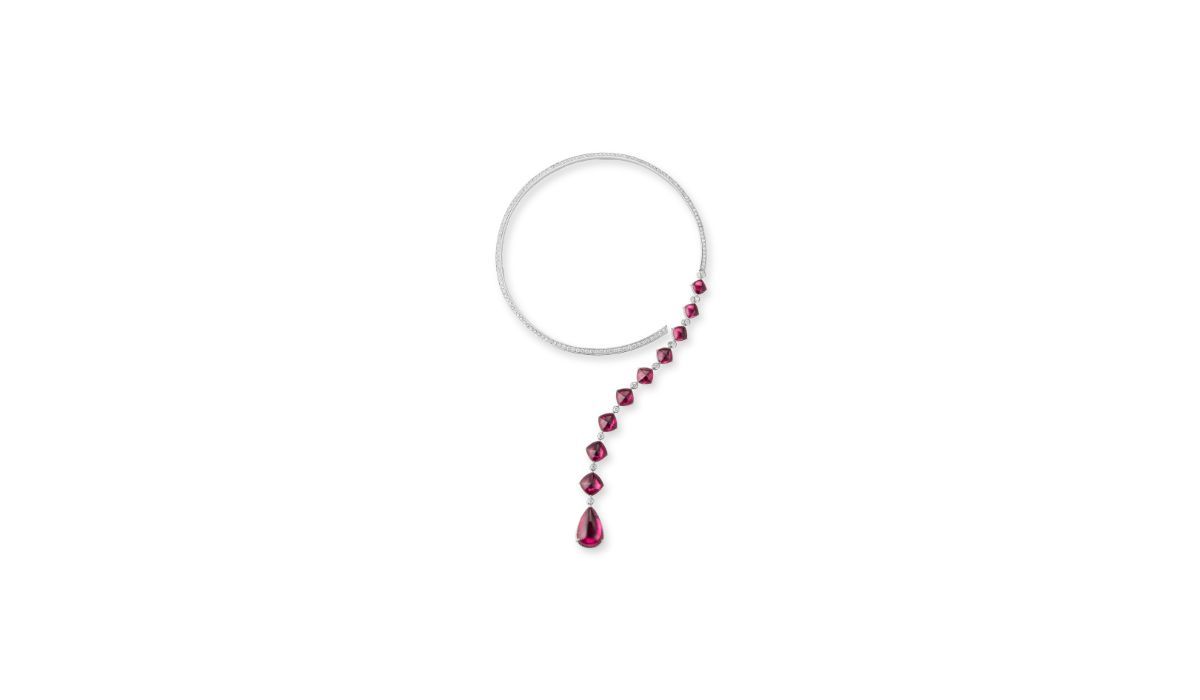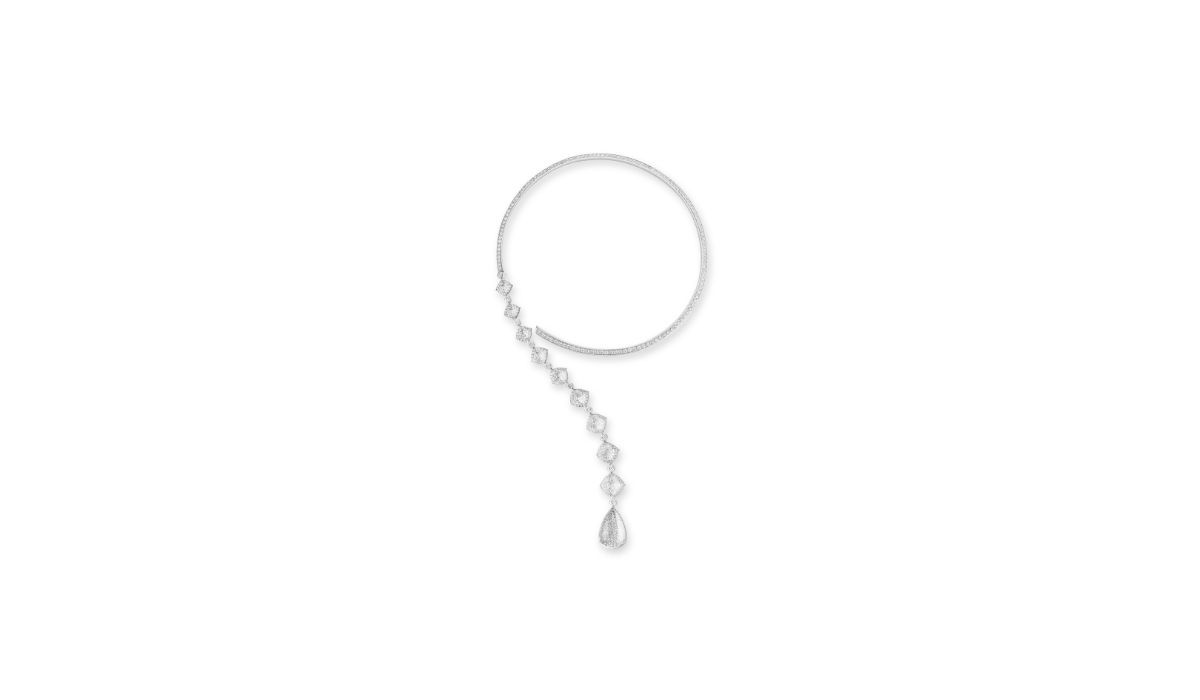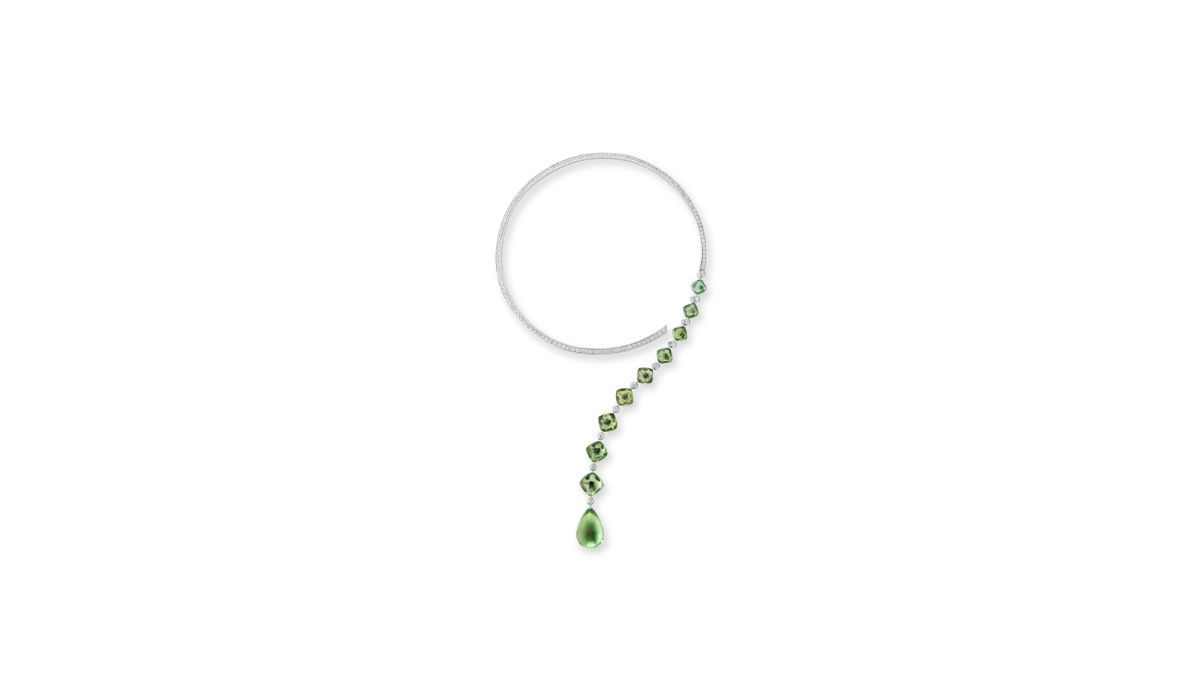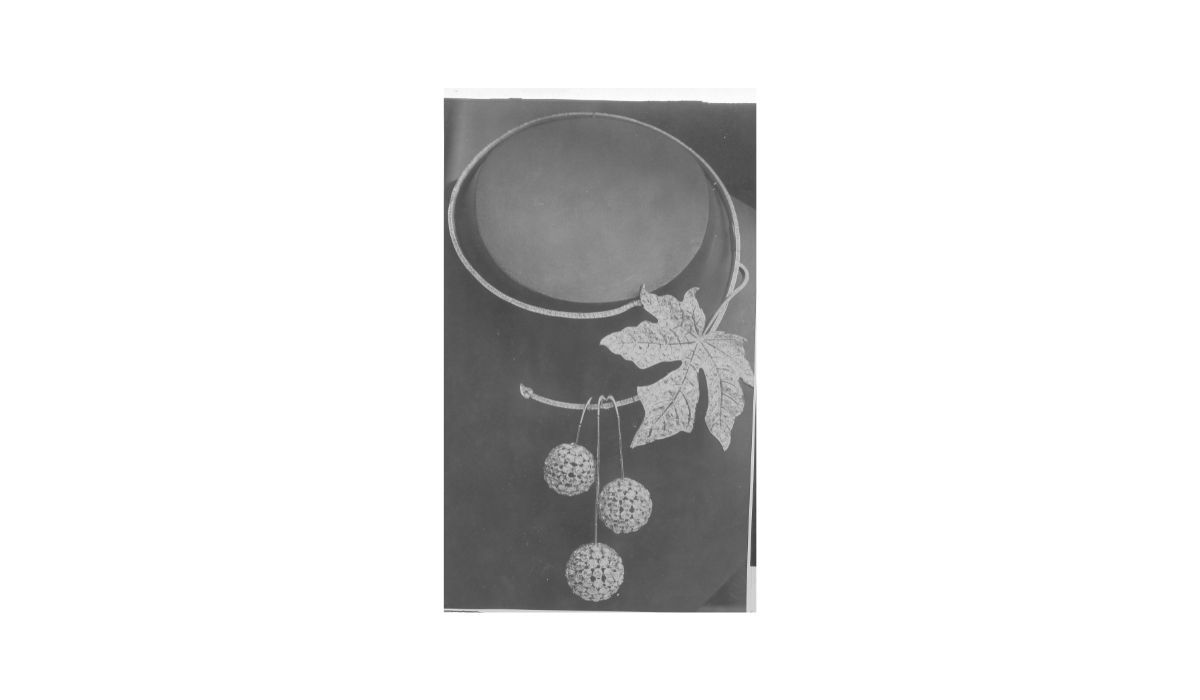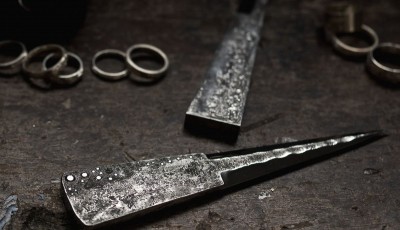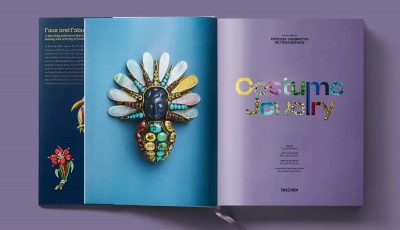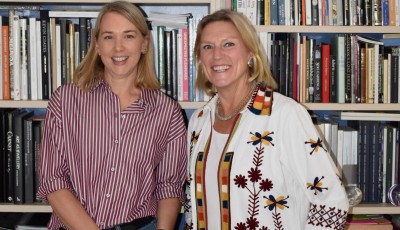Boucheron Celebrates the Question Mark Necklace
In 1879, Frédéric Boucheron invented a necklace that revolutionized high jewelry, as a hymn to freedom, giving women the chance to wear a clasp-free necklace
At a time when women’s bodies were still being confined by jewelry and garments, Boucheron gave them the freedom to put on this clasp-free necklace, without assistance – a piece that could be slipped around the neck in a simple movement. This creation became the symbol of High Jewelry that was well ahead of its time. The asymmetrical shape, unusual for that period, led it to be named the Point d’Interrogation: the Question Mark necklace. More than 140 years after its creation, it remains one of the symbols of the Boucheron style. This year, the Maison pays tribute to this icon with reinterpretations that write a new chapter in the Question Mark’s story.
The first sketch of the Question Mark necklace is preserved in the Boucheron archives and dates back to 1879. From the very outset, it established an entirely new style, with its simple choker and elaborate suspended motif. This High Jewelry creation was innovative in both design and know-how. As the first clasp-free necklace, its hidden spring blade provided a flexibility and freedom of movement that was unprecedented at the time, a suppleness created by an assemblage of many small parts. This subtle mechanism, developed exclusively in the Boucheron workshops, was and remains nearly invisible, a mark of exceptional craftsmanship.
The Question Mark necklace was one of the Boucheron pieces awarded the Grand Prix at the 1889 Exposition Universelle in Paris. Originally, only around thirty were crafted by the Maison’s workshops and the design swiftly drew an international clientele, from the Russian imperial family to America’s major industrial dynasties. This year, the Maison has come up with an even more imaginative design for the Question Mark: the reversible necklace. The idea comes from Hélène Poulit-Duquesne, the Maison’s CEO, as a way to take the innovative vision of Frédéric Boucheron into the future. It was indeed a challenge for the workshop, but, after several years of development, the artisans managed to create a tailor-made system making the necklace reversible in one simple movement. The clean lines of these new reversible necklaces are inspired by an 1884 model from the archives: a special order made for American businessman Cornelius Vanderbilt.
Boucheron now crafts this necklace in three color variations: the blazing red of rubellites, the intense green of tourmalines, and the deep blue of tanzanites. On the front of the necklace, the stones are carefully matched, their vibrant hues further enhanced by metallic foil. On the piece’s back, the custom-cut rock crystal gleams and glitters, with the added sparkle of pavé diamonds. The Boucheron know-how is also evident in the choker, paved with diamonds on both sides and even diamond-set on the edge. In July 2024, the Maison unveils a new campaign showcasing the newest Question Mark designs that echo necklaces from the archives, creations that continue to inspire the Boucheron Studio. It all began with ivy. In 1879, when Frédéric Boucheron asked French painter Paul Legrand to produce the first drawing of the Question Mark, the artist depicted a long strand of ivy. Two years later, in 1881, this sketch gave birth to the first model of the iconic necklace. So much did the founder adore this motif that the Boucheron workshops created six copies between 1881 and 1889. By choosing to recreate this creeping perennial vine that graced the arcades of the Palais Royal – where Frédéric Boucheron’s opened his first boutique –, rather than relying on the usual flora favored by other jewelers, Boucheron offered a bold and singular vision of nature. Nature in all its freedom, abundance, and glory. The artisans worked meticulously on this necklace to make the ivy as realistic as possible. They did this through the green hues of the emeralds, the rhodium-plated gold, and especially the ancient trembleur technique – already in use on 19th-century creations – that brought each leaf to life with the wearer’s every movement. The Plume de Paon – peacock feather – first appeared in the 1860s in head jewelry and brooches and has since become an historic motif for the jeweler. Frédéric Boucheron chose this natural pattern to make two Question Mark necklaces in 1882 and 1883, the second of which was pur-chased by Grand Duke Alexei of Russia. The Maison developed unique know-how to faithfully depict all the deli-cacy of a real peacock feather. An articulated system gave the various parts of the Plume the ability to move, until each strand was independent and free as a bird. These details, all individually handcrafted, mimic the suppleness and imperfect beauty of a feather. The Creative Studio, remaining true to this traditional know-how, now reinvents the Plume de Paon in this vibrant blue shade, reflecting the color of the sapphire set as the center stone.
The movement of this Question Mark necklace was inspired by a necklace the Maison designed in 1886 with an olive-leaf motif. Resembling bunches of hanging fruit, Mozambique rubies are delicately set on the necklace. The Maison’s artisans used different setting techniques to bring the vegetation to life – cut-down, net, pavé, grain, and even snow settings – so as to imitate every detail of the leaves. Each being crafted by hand, unaided by any machine, a single leaf demands no fewer than 30 hours of labor. Openwork designs on the leaf backs bring out the shine of the stones and make the overall piece aesthetically lighter. In order to faithfully reproduce the plant’s natural movement, the artisans built three joints into this necklace around the principal branch, so that the piece can delicately adapt the person choosing to wear it.




